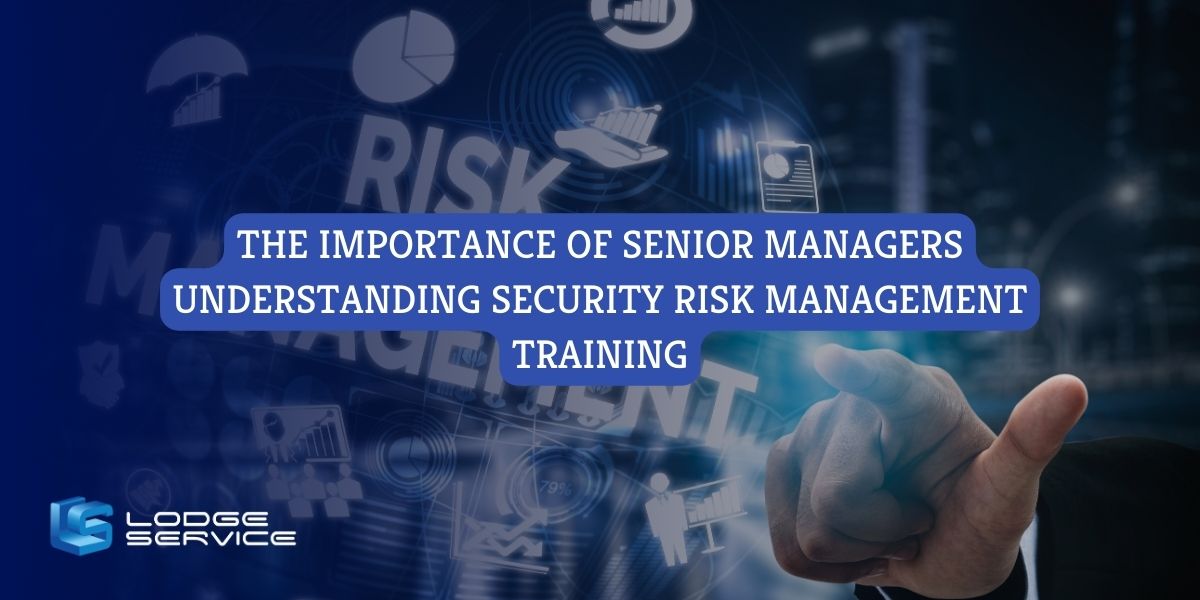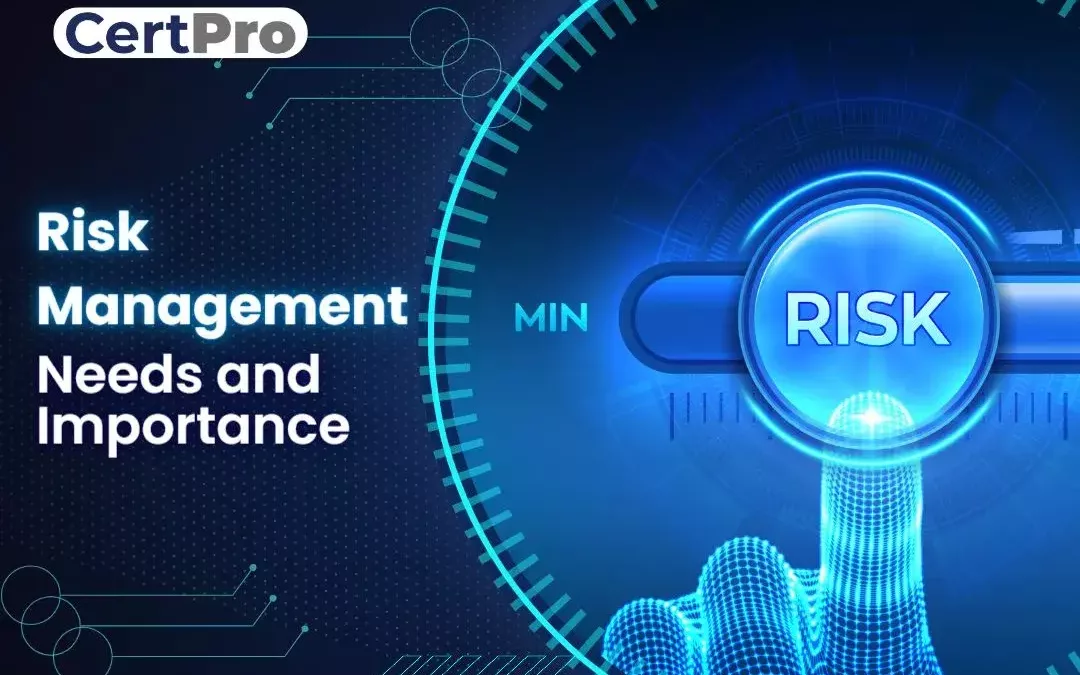Why Organizations Should Emphasize the Importance of Risk Management Now More Than Ever
Why Organizations Should Emphasize the Importance of Risk Management Now More Than Ever
Blog Article
Discovering the Value of Risk Management for Effective Decision-Making Techniques
In the detailed world of company, Risk Management arises as an essential factor in the decision-making process. The capability to determine possible threats and possibilities, and strategize accordingly, can spell the difference between success and failure.
Comprehending the Concept of Risk Management
Risk Management, a vital element in decision-making, is often misinterpreted or oversimplified. Typically, it describes the recognition, examination, and prioritization of threats to decrease, check, and regulate the possibility or influence of unfavorable occasions. Nevertheless, it's not simply regarding protecting against adverse end results, yet also about recognizing possible possibilities. Risk Management involves structured and disciplined strategies, using data and insightful analyses. It calls for a comprehensive understanding of the company's context, goals, and the prospective threats that could prevent them. From financial uncertainties, legal liabilities, critical Management errors, to mishaps and natural calamities, it addresses numerous dangers. Importantly, reliable Risk Management is not stagnant; it's a continual, positive procedure that evolves with changing circumstances.
The Duty of Risk Management in Decision-Making Processes
In the world of strategic planning and organization operations, Risk Management plays an integral function in decision-making procedures. It assists in identifying possible threats and uncertainties that can affect the accomplishment of service purposes. By tracing these threats, companies can formulate methods to minimize their influence, making sure business connection and security. Risk Management thus comes to be a crucial device in decision-making, aiding leaders to make informed choices based on an extensive understanding of the dangers involved. It motivates a positive technique, making it possible for companies to prepare and prepare for for feasible future situations. This dramatically lowers the likelihood of negative effects, advertising extra effective and efficient decision-making techniques. Risk Management offers as an essential component in the decision-making procedures of any type of organization.

Just How Risk Management Enhances Strategic Preparation
In the context of calculated planning, Risk Management plays a crucial duty. Launching with the recognition of prospective risks, it better expands to the application of Risk mitigation procedures. The role of Risk Management is not static however dynamic, as it requires continuous surveillance and adjusting of strategies.
Identifying Possible Dangers

Carrying Out Risk Mitigation
Having actually established the significance of identifying potential threats, the following action is to discover Risk mitigation. This process includes establishing and applying techniques to manage identified risks successfully. It is an essential aspect of strategic preparation as it boosts decision-making by lessening potential adverse end results. Risk mitigation methods can range from Risk avoidance, Risk transfer, to run the risk of reduction. Each technique should be tailored to the certain Risk, considering its possible impact and the organization's Risk resistance. Effective Risk reduction requires a deep understanding of the Risk landscape and the prospective influence of each Risk. This understanding makes it possible for organizations to prioritize risks and assign sources effectively, guaranteeing that the most considerable dangers are resolved initially.
Surveillance and Readjusting Approaches
Though Risk reduction is an important action in calculated preparation, continuous tracking and modification of these approaches is similarly crucial. This ongoing process enables companies to determine new risks and reassess existing ones, making certain the carried out approaches stay effective in the ever-changing check it out service environment. It likewise gives a possibility to examine the success of the Risk this hyperlink Management procedures, permitting adjustments to be made where required, additional boosting strategic planning. Reliable monitoring and adjustment require using analytics and essential performance indicators (KPIs) to determine performance. These devices supply beneficial data-driven insights that can inform tactical decision-making. Consequently, tracking and changing Risk Management methods is a critical component for improving an organization's resilience and tactical preparation.
Instance Studies: Successful Risk Management and Decision-Making
On the planet of business and financing, effective Risk Management and decision-making commonly function as the pillars of prosperous enterprises. One such entity is an international oil firm that alleviated financial loss by hedging against changing oil costs. In one more instance, a tech start-up prospered by identifying and approving risky, high-reward techniques in a volatile market. A global financial institution, confronted with regulatory uncertainties, successfully browsed the circumstance through proactive Risk evaluation and vibrant decision-making. These cases highlight the value of astute Risk Management in decision-making processes. It is not the absence of Risk, however the Management of it, that typically distinguishes successful business from unsuccessful ones. These cases emphasize the vital role of Risk Management in calculated decision-making. importance of risk management.
Devices and Techniques for Efficient Risk Management
These devices, such as Risk signs up and warmth maps, aid in determining and assessing potential risks. Risk feedback strategies, a vital part of Risk Management, include accepting, avoiding, transferring, or mitigating threats. With these methods and devices, decision-makers can browse the complicated landscape of Risk Management, thereby facilitating educated and reliable decision-making.
Future Patterns in Risk Management and Decision-Making Techniques
As we discover the huge landscape of Risk Management, it ends up being obvious that the strategies and devices used today will proceed to advance. The concept of Risk culture, where every participant of a company is mindful and involved in Risk Management, will certainly obtain more prominence. These fads herald a more comprehensive and proactive approach towards Risk Management and decision-making.
Final thought

Risk Management thus ends up being an important tool in decision-making, assisting leaders to make enlightened choices based on a comprehensive understanding of the threats included. Risk reduction techniques can range from Risk avoidance, Risk transfer, to run the risk of reduction (importance of risk management). Reliable Risk mitigation calls for a deep understanding of the Risk landscape and the possible effect of each Risk. Risk response approaches, a crucial component of Risk Management, entail approving, preventing, transferring, or mitigating threats. The concept of Risk culture, where every participant of an organization is mindful and involved in Risk Management, will certainly get much more importance
Report this page